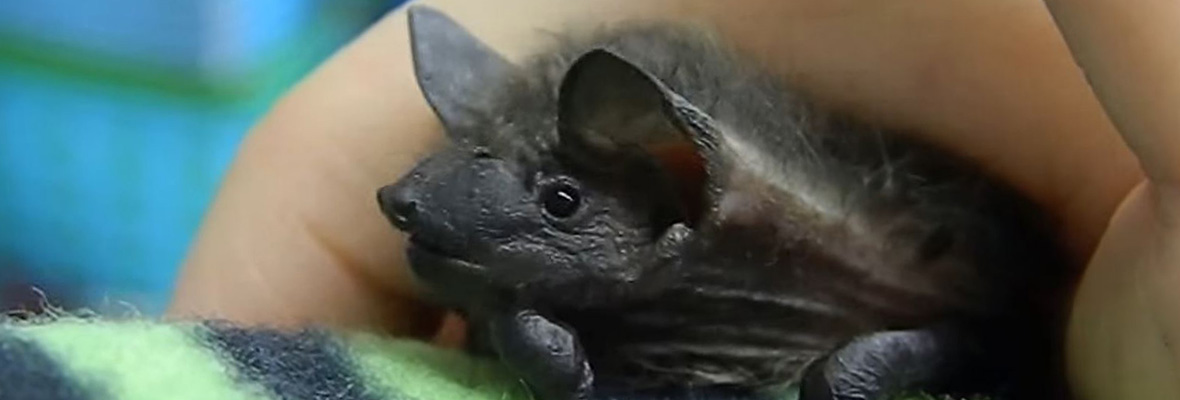An Introduction to the Evening Bat
It would appear that numbers of evening bats in certain parts of America are on the decline, but this is a fact that we are learning about many bat species populations, across the entire USA. Disease and human activity is fast causing the numbers of these incredible animals to drop, and without them, life just wouldn't be that great.

What does the Evening Bat look like?
Dark like the name it has been given, the Evening Bat is a rather dark color, usually in shades of black, gray, brown, or a combination of all of them. The ears are often black or darker than the rest of the body, and so are the wings, and you'll also find that the tummy section of the animal (the underneath) is usually a few shades lighter than the fur on the rest of its body.
In your hand, this tiny bat would only measure a few centimeters long — four or five at most, and if you were to pop it on the scales, it would more than likely be around 12 to 13 grams. They usually fall somewhere between 8 grams and 15 grams, although the higher end of the scale is somewhat rare.
Where does the Evening Bat live?
Iowa and Missouri are two states that see this particular bat species in abundance, although Indiana seems to have seen numbers decline quite rapidly over recent years, the cause of which has not yet been identified. In this state alone — Indiana — the animal is actually listed as an endangered one (because of the drop in numbers), but elsewhere and at a federal level, the species is not considered to be one of concern.
This bat likes forest areas, and being quite small in both size and stature, you'll find it hidden underneath bits of loose tree bark, as well as in roosts packed into the hollows of bigger trees. This is not typically one of the species that you will find in a cave, much preferring wooden roosting spots to other materials. That's where you'll find this bat the most too — in wooden buildings and structures.
What does the Evening Bat eat?
Like most other bats, the Evening Bat likes to eat insects — the more, the merrier. Bugs and beetles are a particular preference, and it doesn't really mind about the hard shell too much either. Thankfully, its teeth are perfectly designed for the job. It will also devour a number of other flying bugs too, especially the ones that cause you problems in the summer/hotter weather — moths, stinkbugs, flying ants, June bugs, and Japanese beetles. These animals can also wreak havoc on plants, fruits, vegetables, and crops.
(That's why Evening Bats are such a handy animal to have around! They eat so many of these insects that we don't need to worry about them so much. Imagine how bad it would be if they weren't around … )
What is the life cycle of the Evening Bat?
Babies are born in the spring for the Evening Bat, and there are usually more than one pup born in each litter with this species. Three at once isn't unheard of; although more than that is quite rare.
Just like many other bat species, the mating ritual actually takes place in the fall, with the female holding onto the male's sperm until conditions are perfect. If she were to fertilize her eggs right away, the babies would be born in the midst of winter or migratory path. Winter babies would rarely survive — there is little food to go around, and those bats that do not hibernate will go into a state of torpor, or hibernation.
By the time these youngsters are around three months old, they're pretty much ready to live a life of their own, although many of them (females more than males) choose to stick with the colony. It's safer that way, especially at first when you are just finding your feet as a new, adult bat.
We don't really know that much about the males of this species. They like to be left alone and do not interfere with the mothers in their maternity roosts.
The Evening Bat has a much shorter lifespan than most other bat species. In perfect conditions, they can live for up to five years, but this hardly ever happens in the wild. Most adult Evening Bats die before they are two or three years of age.
Go back to the Bat Removal home page or email us for more info about An Introduction to the Evening Bat

